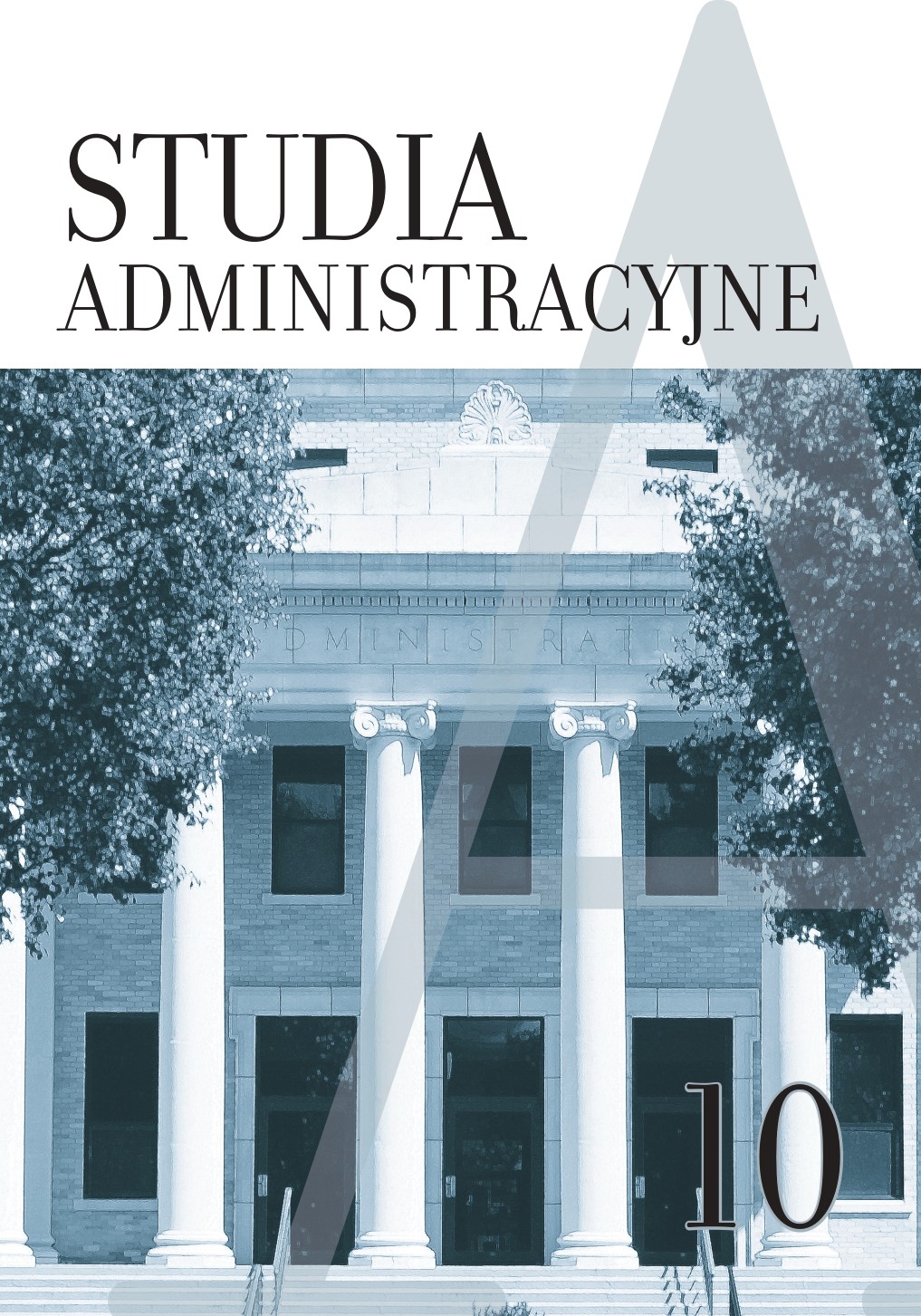Administracja szkolnictwa powszechnego i średniego w II Rzeczypospolitej
The administration of primary and secondary education in the Second Polish Republic
Author(s): Wiesław SiecińskiSubject(s): Politics / Political Sciences, Law, Constitution, Jurisprudence, Public Administration, Public Law
Published by: Wydawnictwo Naukowe Uniwersytetu Szczecińskiego
Keywords: history of administration; education in the Second Polish Republic
Summary/Abstract: After Poland had regained its independence in 1918 the social interests in education and upbringing started to grow significantly. The school systems inhereted from the states during the times of partioned Poland needed to be unified in the whole country. The general opinion was that some basic legislative acts are required in the newly independent Republic of Poland to eliminate the differences between the regions and to provide a cohesive and uniform organisation of schools and education in the whole country. The Minister of Religious Confessions and Public Education was in charge of the educational administration. In order to be able to supervise the educational administration the country was divided into ten school provinces supervised by province superintendents. The school provinces were divided into districts adminstrated by district superintendents. All the school systems inhereted from the time of the partioned Poland were unified by a legislative act of 1932. According to the reform implemented there were primary schools, secondary schools and higher schools. In terms of financing education the schools were public and private. The base was the seven-year primary education. However, to be able to classify the schools of that time according to the new organisational model it was necessary to implement a threestage structure of primary schools. The schools were divided into three stages teaching the following curriculums: − primary curriculum (classes I – IV), − higher curriculum (classes I – VI), − complete curriculum (7 classes).The reform of the secondary education introduced middle schools lasting four years and upper-secondary schools lasting two years. A prerequisite for pupils to be admitted to middle schools was a successful completion of the six-year primary school (and passing an examination). After completing a middle school and passing an entrance examination pupils were entitled to continue the education at secondary schools. The completion of the secondary education entitled them to take the Matura examination and then to apply for a place at a higher school. The Law of 1932 also enabled to organise vocational schools under similar terms.
Journal: Studia Administracyjne
- Issue Year: 2018
- Issue No: 10
- Page Range: 157-169
- Page Count: 13
- Language: Polish

